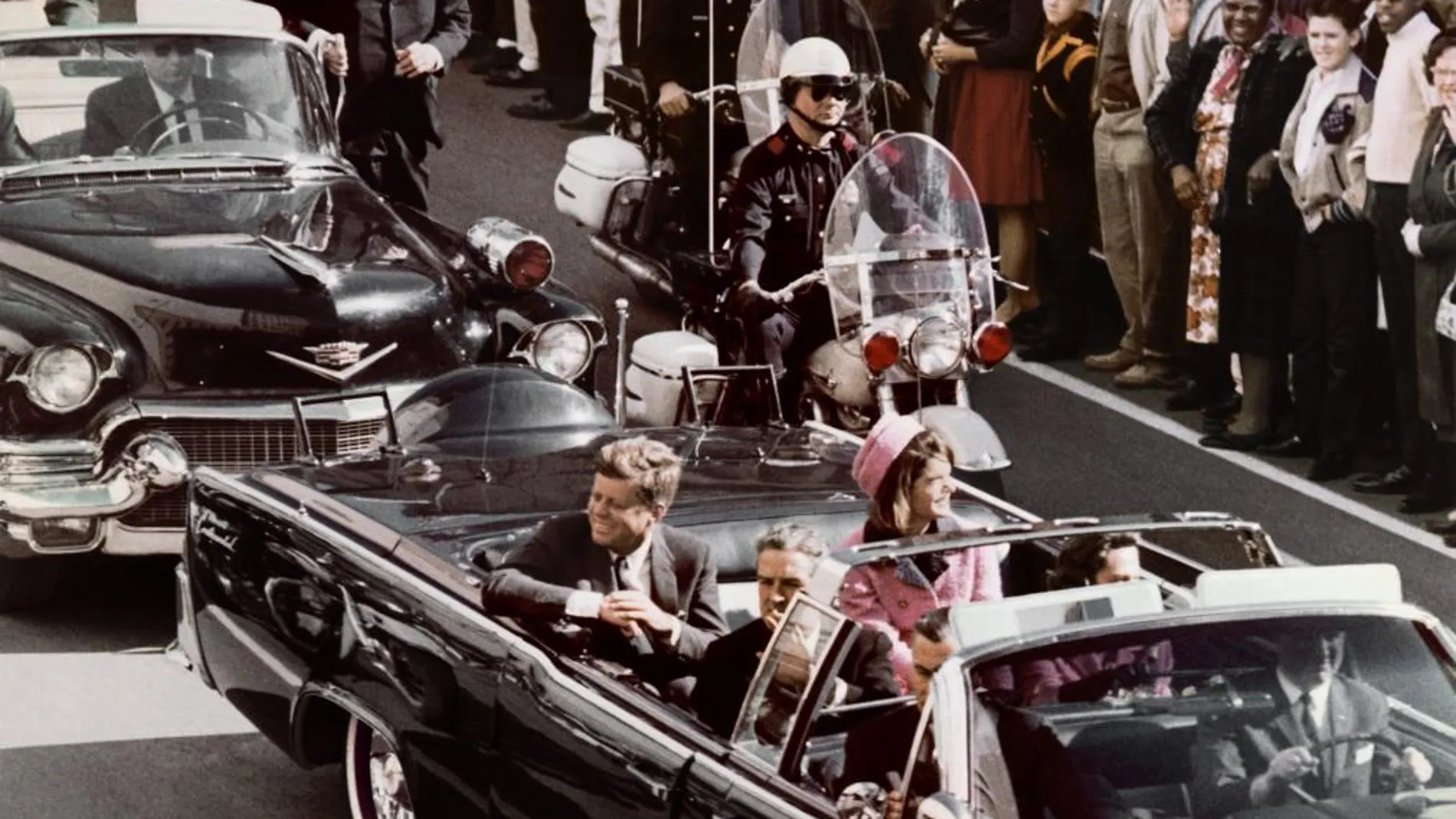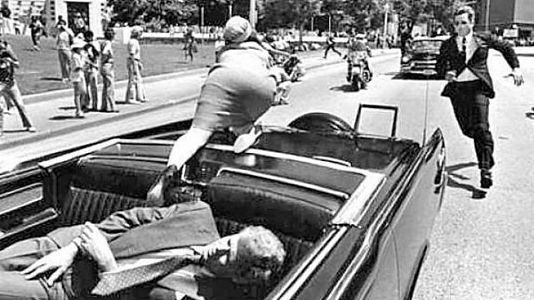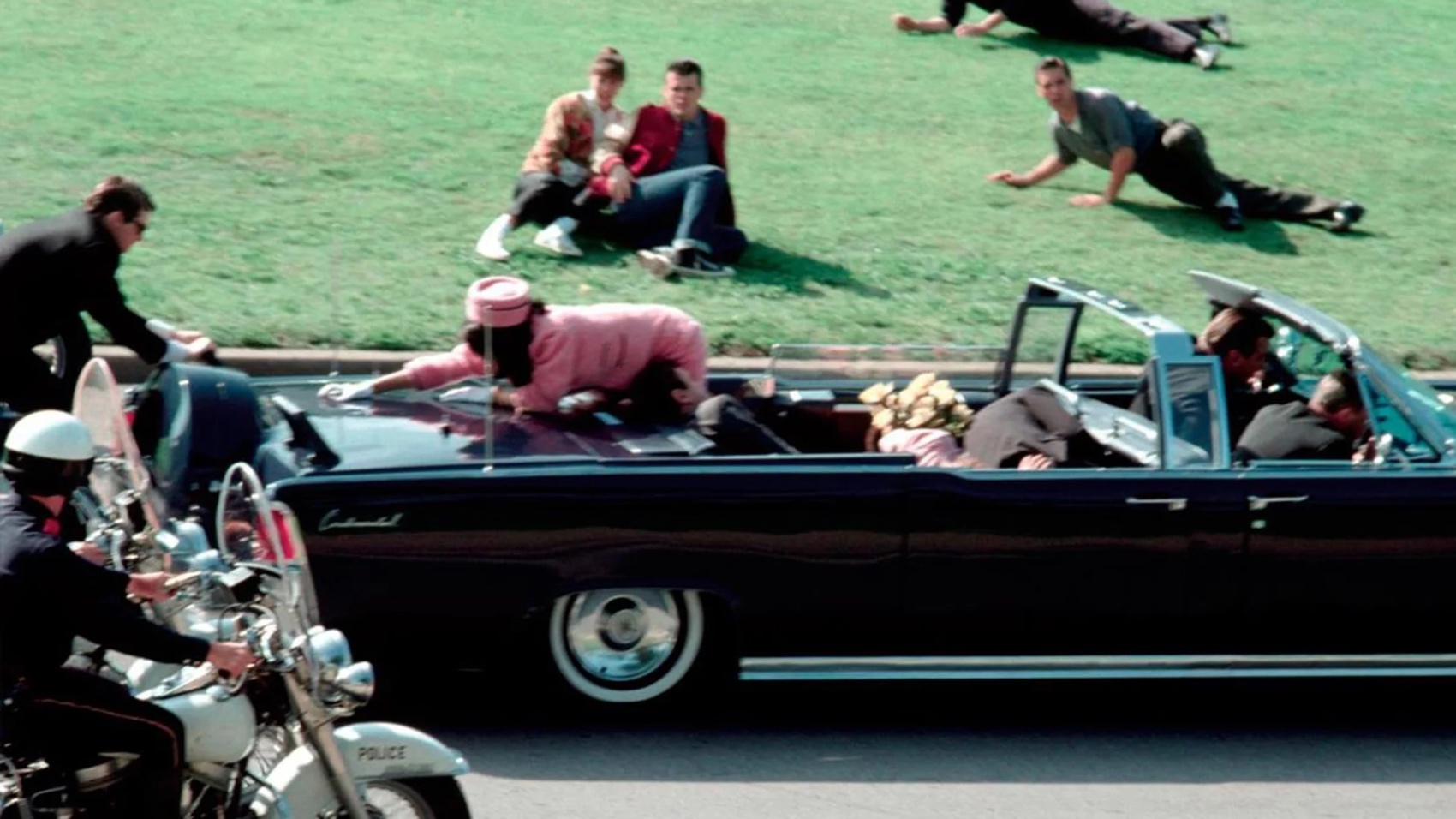The JFK Assassination: Theories and Unsolved Mysteries
The story of the assassination of President John F. Kennedy on November 22, 1963, in Dallas, Texas, is one of the most shocking and controversial events in United States history. Since the moment the bullets rang out in Dealey Plaza, countless theories and speculations have emerged about who was truly responsible for the assassination. Although the Warren Commission officially concluded that Lee Harvey Oswald acted alone, many questions remain unanswered, fueling persistent suspicion of a large-scale cover-up and conspiracy.
On the morning of the fateful day, President Kennedy and his wife Jacqueline arrived in Dallas as part of a political tour. The city was filled with fervor and enthusiastic crowds gathered to greet the nation's leader. Aboard a Lincoln Continental convertible, the president and first lady were escorted through the city streets en route to the Trade Mart where Kennedy would give a speech.

However, as the presidential vehicle drove through Dealey Plaza, three gunshots rang through the air. Chaos broke out as the crowd dispersed, and President Kennedy was fatally struck in the head. In a matter of seconds, the life of an iconic leader was lost, and America was left in shock and grief.
The initial investigation quickly pointed to Lee Harvey Oswald, a former Marine and deserter who had worked in the Texas Bookstore School building, from where the fatal shots were believed to have been fired. Oswald was arrested hours after the murder, but before he could be questioned in depth, he was shot dead at the police station by Jack Ruby, a local nightclub owner, further fueling conspiracy theories.

The Warren Commission, appointed by President Lyndon B. Johnson to investigate the assassination, concluded in 1964 that Oswald acted alone in Kennedy's assassination. However, since the time the Warren Commission report was published, there have been a number of alternative theories that challenge this official version.
One of the most persistent theories is the idea that Oswald did not act alone, but that he was part of a broader conspiracy. It is suggested that Oswald may have been a scapegoat or even an agent involved in a more complex plot. Critics point to inconsistencies in the evidence, such as the accuracy of Oswald's shooting and possible ulterior motives behind the murder.

Another popular theory is the involvement of intelligence agencies, such as the CIA or the FBI, in the Kennedy assassination. It is argued that Kennedy had clashed with these agencies on several fronts, from the Bay of Pigs invasion of Cuba to the Cuban missile crisis and the war in Vietnam. Some believe that these agencies may have viewed Kennedy as a threat to their interests and conspired to eliminate him.
The mob theory has also been the subject of debate, especially regarding the connections of Jack Ruby, the man who killed Oswald, to organized crime. It is suggested that the mafia may have had motives for wanting to eliminate Kennedy, either because of his attempts to combat organized crime or because of disagreements over labor unions.
In addition, there are those who point to possible international implications, such as the participation of foreign governments, including Cuba or the Soviet Union, in the Kennedy assassination. The geopolitical tensions of the Cold War could have led foreign actors to try to destabilize the United States by eliminating its leader.
Despite decades of research and debate, the JFK assassination remains an unsolved mystery for many. The numerous conspiracy theories surrounding the event have fueled books, movies and endless debates. However, as long as questions remain unanswered and doubts persist, the legacy of John F. Kennedy and the truth behind his assassination will continue to be topics of great interest and controversy in American history.
